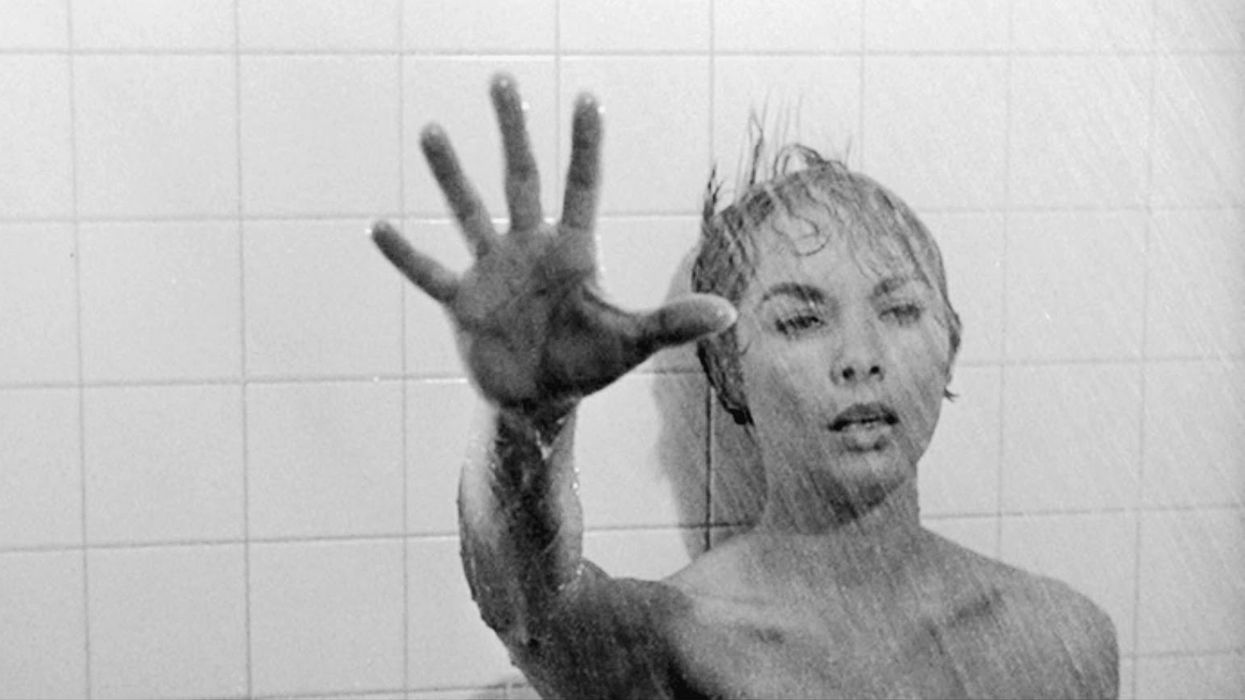'Every Cut a Weapon': Martin Scorsese on the Editing of 'Psycho'
Martin Scorsese is one of our most cinematically intelligent directors. Not only has he seen almost every film ever made, but he seems to remember them, too, down to when and where he saw the film and what he took from it.

In this clip, he discusses a certain cut in Alfred Hitchcock's Psycho and what it has meant to him and his films.
Psycho is unique in many respects; it was one of Alfred Hitchcock's most low budget films, shot more like an episode of a TV show than Vertigo or North by Northwest. And more than that, Hitchcock's film features one of the most daring gambits in recent film history (spoiler alert), the murder of Marion Crane, played by Janet Leigh. She meets her end in the infamous shower scene after being set-up as the protagonist, a woman who has stolen $40,000 and is on the run. When she dies less than halfway into the film, Psycho becomes infinitely more disturbing. Another fact worth noting is that though the murder in the shower takes about 45 seconds, the clean-up, by Norman, who thinks that he is covering for his mother, takes considerably longer.
In this video, Hitchcock discusses the editing in general, and Psycho specifically. First, he talks about how the shower scene was cut "impressionistically", from "little pieces" of film, in order to avoid showing what could not be shown and what, arguably, would have been infinitely weaker had it been shown in its entirety.
And then he discusses the second murder in the film, namely that of Arbogast, the Detective in the scene referenced by Scorsese. Hitchcock describes the editing style here as quite different, owing to the irony inherent in the sequence: whereas in the shower scene, the appearance of Norman (as Mother) comes as a shock to the audience, in the second murder, committed as Arbogast walks up the stairs, we know that Mother is lying in wait for him, and so, in Hitchcock's words, "...they were apprehensive for him. But they didn't know when it was going to happen."
The one cut he doesn't discuss is the one Scorsese references, the little moment when it is revealed, almost subliminally, that Norman is the one behind the murders (even though at this point in the film the audience still thinks there is a crazy old woman running around with a kitchen knife).
The fact that Scorsese remembers and has been so influenced by this one cut and has made use of it in his own work is a testament to his genius as well as an example of how that genius works. A true artist, Scorsese is more than the sum of everything he has seen; he synthesizes an infinity of images to create a new and utterly original whole. And since we are none of us an island, that is arguably what all good filmmakers aspire to do in one way or the other: take the old and make it new. Bring history into the present, and most importantly, make your influences your own.
Source: Eyes on Cinema













